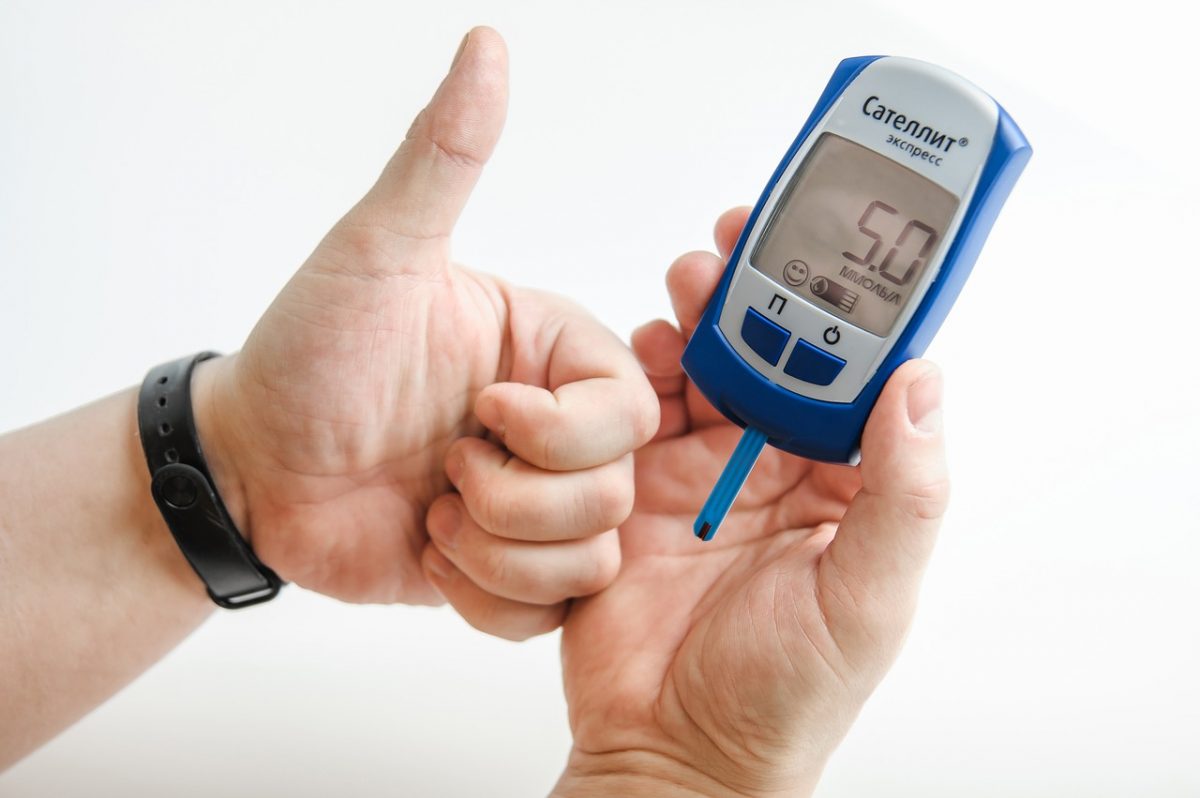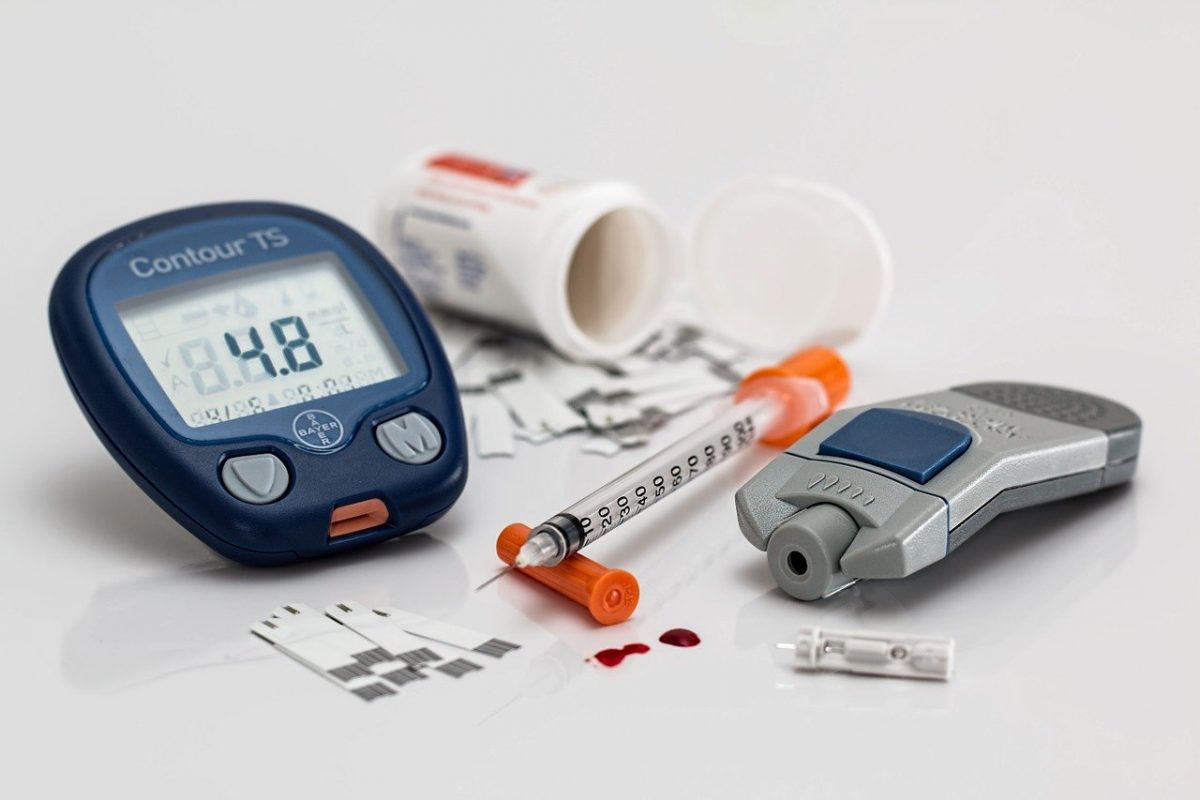Anyone with diabetes knows how expensive test strips can be, not to mention the myriad of other supplies that individuals need to monitor, manage and control their glucose levels. The costs of those items continue to escalate. The good news is that there are ways to save money on diabetic test strips.
Purchase From a Third-Party
Many third-party companies buy top quality test strips from individuals that have more than they require or no longer need them. The companies then sell them at a discount to diabetic clients that may be uninsured, underinsured, or whose insurance won’t supply as many as they need each month.
Drug/Coupon Cards
Drug manufacturers sometimes provide coupons for purchasing test strips at a discount. There are also phone apps that will compare prices across multiple pharmacies to find the lowest prices. Individuals can simply show their result at the designated pharmacy or print out a physical copy of the coupon from a home printer.
Clinics and Non-Profits
Some community clinics and health centers have taken the lead for their patients and established programs to distribute test strips or offer them at a discount. Some non-profit organizations are doing the same thing.
Mail Order and Rewards
There are some pharmacies that provide clients with a discount when they order their test strips – and medications – by mail rather than picking them up locally. Many pharmacies offer reward program points that can be redeemed for pharmacy items.
Assistance Programs
Several pharmaceutical companies offer assistance programs that provide free or discounted pricing. There will be specific program-based application forms to complete by the individual and their doctor. Some states also offer their own assistance programs in coordination with Medicare and insurance companies – each state is different.
Buy in Bulk
There will be a considerable monetary outlay initially, but the cost of each strip will be less.
If you would like to find out about earning cash for your unwanted, unused and boxed test strips, complete our online quote form today.
If you have extra, unopened and unused boxes of diabetic test strips – whether you have switched brands, no longer need to test or test less frequently, or have a loved one who has passed away – don’t let them gather dust until they’ve expired and end up in the trash. We’re the best place to sell diabetic test strips online, and if you want to sell your test strips, we’re here to make the process easy and enjoyable!
Visit us at Sell Your Test Strips and get your free quote today!










